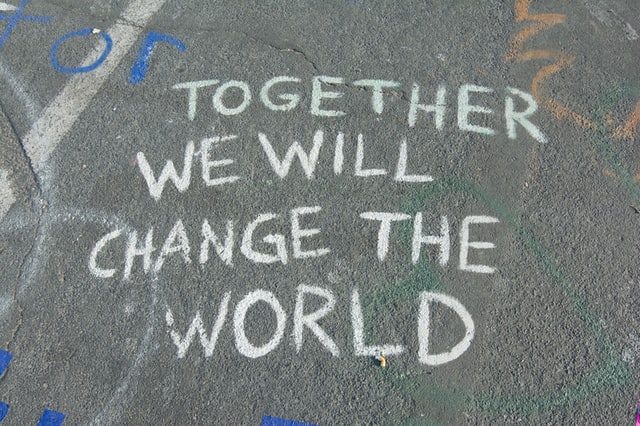Have you ever wondered what attachment style you have? Is your attachment style not working well with others’ attachment styles? Each of us has our own unique attachment style. An attachment style is our unique way of relating to others, especially when it comes to relationships.
These unique preferences and styles are formed throughout our childhood and into adulthood from our experiences and how we are treated by our caretakers. This in turn creates our emotions towards others.
There are four adult attachment styles, which are secure, anxious, avoidant, and disorganized. These styles change from childhood to adulthood. Some of us create attachment styles based on how we were cared for as a child, while others can create new attachment styles later in life due to experiences in relationships.
Someone that has been emotionally or physically abused in a relationship may not have that secure of an attachment style. We can always work on bettering our relationships by working on healing these past experiences and eventually changing our attachment style.

The 4 adult attachment styles:
- Secure– A secure attachment means that you may have the capacity to love, trust, and accept others. This would also mean that to others you are loving, trusting, and accepting and do not just accept that from others but provide that to them. With this attachment you are comfortable and unafraid of others. You also do not need to depend on others but can depend on them if you choose to.
- Anxious– Anxious attachment is considered one of the three insecure attachments. Anxious is an insecure attachment that is created because of the fear of abandonment. This can usually stem from abandonment experiences as a child. With this attachment style you are insecure about relationships and become needy without noticing. This also leads to you feeling like you are not enough and that your partner views you as not enough.
- Avoidant– Avoidant attachment is also an insecure attachment. This attachment style shows fear of intimacy. This can come from viewing abuse as a child or experiencing it yourself. Those with avoidant attachment may have trust issues and tend to be independent or put off that they are unavailable.

- Disorganized– Disorganized attachment is a mixture of both avoidant and anxious attachment. With disorganized attachment you may want affection but also choose to avoid it at times. With this attachment you typically won’t let others get too close too you emotionally, but you do want to be loved at the same time. If you have disorganized attachment, you can have difficulty regulating your emotions. This is what some may say as you being “hot and cold”. You want to trust and let others in, but you also are afraid to let them in.
Do you have a better understanding of your attachment style? According to Hazan & Shaver (1980), only 56% of people have a secure attachment style. Are we doing our part in creating more secure attachments? Even if we did not have a secure upbringing, this does not mean that we can’t create that for ourselves now.
If you are struggling with your attachment style a therapist may help you overcome the challenges that are holding you back from having secure attachments so that you may have secure attachments in the future.




